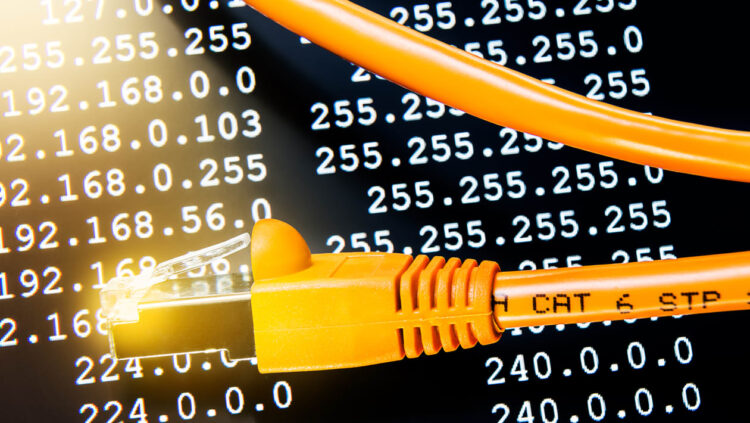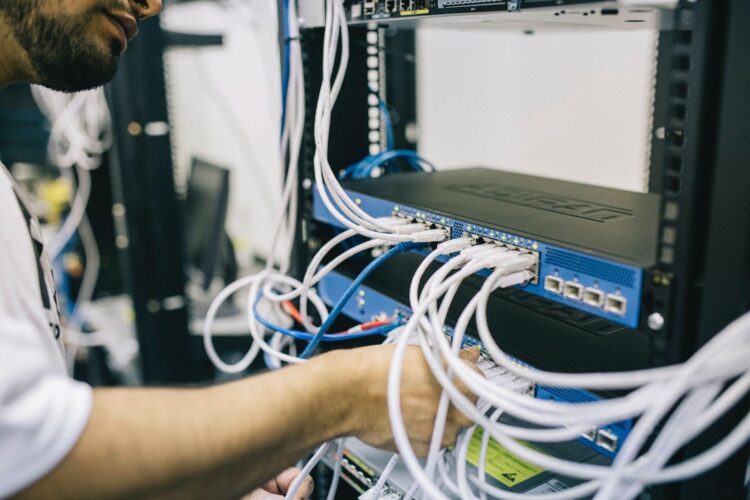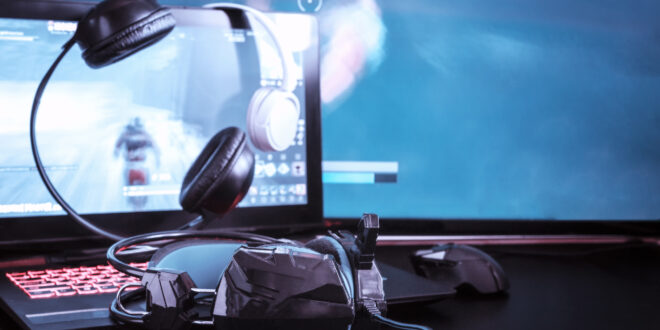Gaming has become an increasingly popular pastime, and as technology continues to advance, gamers have more options for playing their favorite games. One such option is hosting your own server. It can give you more control over your gaming experience, allowing you to customize the game to your liking and play with friends or a community of players.
Choosing the Right Hardware
The first step in setting up your own game server is choosing the right hardware. You will need a powerful computer with enough RAM and processing power to handle running the game server software and managing player connections. You should also consider the bandwidth of your internet connection, as it will affect the number of players you can support.
Selecting the Appropriate Software
Once you have the right hardware, you will need to select the appropriate software for your game. There are several options available, depending on the game you want to host, such as Minecraft, Counter-Strike, or ARK: Survival Evolved. Make sure to choose software that is compatible with your hardware and has the features you need.
Configuring Your Network

You will need to configure your network settings to allow players to connect to your server. This includes opening the necessary ports in your router and firewall, configuring your router to assign a static IP address to your server, and setting up port forwarding. You could use sites like https://citadelservers.com/.
Understanding and Managing Player Access and Permissions
As the host of a game server, it is important to understand how to manage player access and permissions. This involves setting up user accounts, assigning roles and permissions, and monitoring player behavior to ensure a safe and enjoyable gaming experience for all players.
To manage player access, you will need to create user accounts for each player who wants to connect to your server. You can set up different roles for players, such as admin, moderator, or standard player, each with its own set of permissions. This can include the ability to kick or ban players, change settings, or access certain features of the game.
Monitoring player behavior is also important to maintain a safe and enjoyable gaming environment. This can involve enforcing rules and regulations, such as prohibiting cheating or offensive language, and addressing any issues that arise, such as player disputes or disruptive behavior.
Monitoring and Maintaining Your Server

One important aspect of monitoring your game server is tracking performance. This includes monitoring CPU usage, memory usage, and network bandwidth to ensure that the server can handle the number of players connected to it. You should also monitor the logs to identify any errors or issues that need to be addressed.
Maintaining your game server involves keeping it up-to-date with the latest patches and updates, as well as addressing any technical issues that arise. This can include fixing crashes, addressing connection issues, and responding to player feedback and complaints.
It is also important to back up your data regularly to prevent loss of player progress and configurations in case of data loss or corruption.
Conclusion
Hosting your own game server can be a rewarding and enjoyable experience, providing you with greater control over your gaming experience and the ability to connect with a community of players. By following these steps and best practices for server hosting, you can create a stable and enjoyable gaming environment for yourself and others.
 Hi Boox Popular Magazine 2024
Hi Boox Popular Magazine 2024



